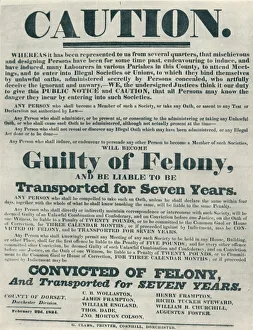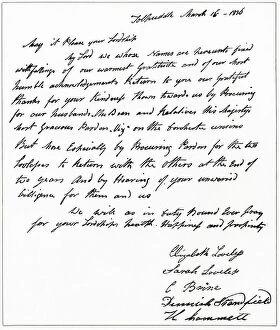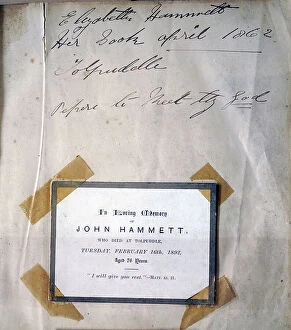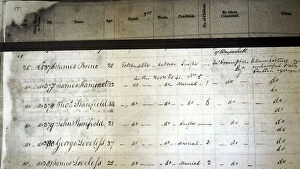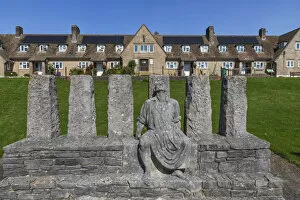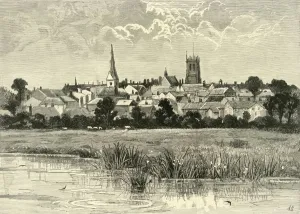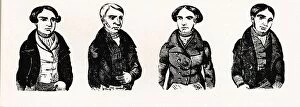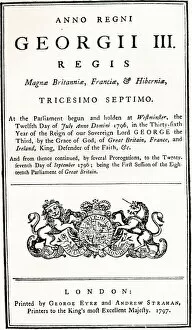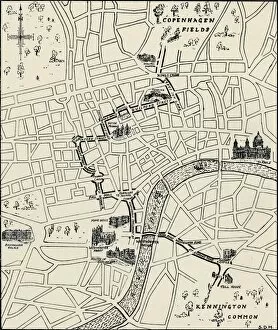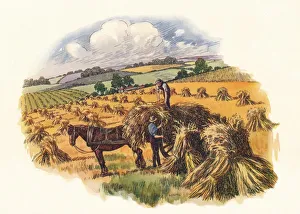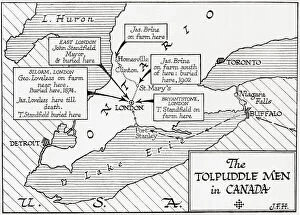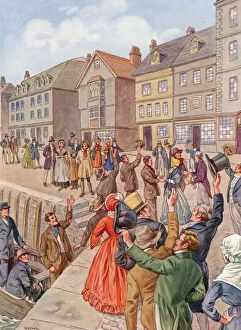Tolpuddle Martyrs Collection
The Tolpuddle Martyrs, a group of six agricultural laborers from the village of Tolpuddle in Dorset, England, became symbols of working-class resistance and solidarity
All Professionally Made to Order for Quick Shipping
The Tolpuddle Martyrs, a group of six agricultural laborers from the village of Tolpuddle in Dorset, England, became symbols of working-class resistance and solidarity. In 1834, they formed a trade union to demand fair wages amidst dire economic conditions. However, their actions were deemed illegal under the Unlawful Oaths Act. Posters warning against taking illegal oaths were displayed throughout the country in 1834. Those found guilty faced deportation as punishment for their defiance. Fast forward to 1934; these posters serve as haunting reminders of a dark chapter in history. One chilling image from that time depicts a convict being flogged with a cat-o-nine-tails—a brutal form of corporal punishment inflicted upon those who dared challenge authority. This image resurfaced again in 1984, serving as an unsettling reminder of past atrocities. Today, visitors can explore the Tolpuddle Martyrs Museum located in Tolpuddle itself—an essential pilgrimage site for anyone interested in social justice and workers' rights movements. The museum stands as a testament to the sacrifices made by these brave individuals who fought for better living conditions and fair treatment. A black-and-white photograph captures Martyrs Gate—the entrance through which these courageous men passed on their way to trial—evoking both admiration and sorrow at their plight. Other lithographs depict significant moments related to this historic event: George Loveless, one of the martyrs himself, sitting stoically on a coach at Salisbury; branding iron searing into flesh during convict branding; scenes depicting homecoming after years spent unjustly imprisoned—all vivid snapshots that transport us back to that tumultuous era. In Dorchester's archives lies another mysterious photograph taken around 1898—a snapshot whose creator remains unknown but serves as yet another piece of evidence documenting this pivotal moment in British labor history. An impression from 1838 offers contemporary insight into how people perceived the Tolpuddle Martyrs at the time.

